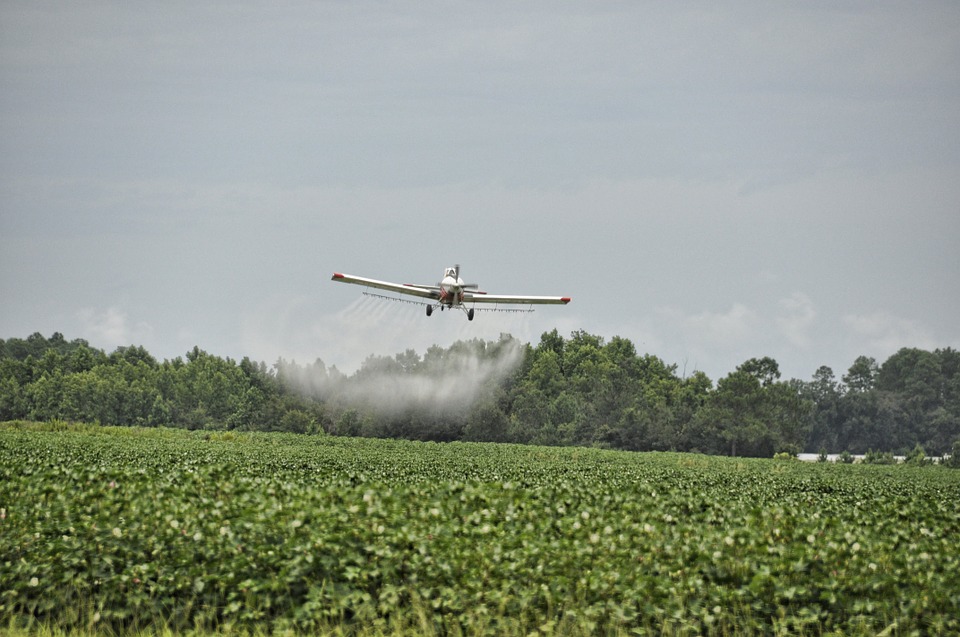The Parliamentary Commissioner for the Environment, Simon Upton, is proposing changes to the way New Zealand manages chemicals to ensure their environmental impacts are not overlooked.
In a report released today, ‘Regulating the Environmental Fate of Chemicals’, he asks how well our regulatory system understands the environmental fate of chemicals, including agrichemicals such as neonicotinoids, terbuthylazine, Zinc bacitracin (antibiotics mainly used for poultry) and tetracycline antibiotics used in veterinary medicine applications.
On paper, a robust system is in place to assess risks when a chemical is introduced to the country, the commissioner says in the report.
But many chemicals that have been in use for decades have not been subject to close scrutiny, although much of the science on their environmental impact has changed
Mr Upton says the rules about how a chemical can be used shouldn’t be static – regulatory authorities need to be able to adapt as new information comes to light.
“Restrictions should be based on the latest science and informed by New Zealand-specific data on use and impact.”
The report found gaps in the way chemicals in the environment are regulated and in how their impact on living things is interpreted.
Of the monitoring that is undertaken, there is little feedback to the chemical management system that determines how chemicals are used.
“While not all chemicals present a high level of concern, there is a lot we don’t know about chemicals reaching our environment, including how much is used, where they are used, and the effects they are having,” the Commissioner said.
“Finding out after chemicals have caused irrevocable impacts on the environment is too late.”
The Commissioner proposes that all agencies dealing with chemicals, alongside Māori, develop a common framework to better manage the environmental impacts of chemical use.
This framework should prioritise action on contaminants that pose the highest risk based on how much a chemical is being used, the potential environmental harm it could cause, and how much of it is being detected in the environment.
To gauge the scale of a chemical’s use in New Zealand, the Commissioner recommends collecting and reporting data throughout a chemical’s lifecycle. This would require importers, manufacturers, and sellers of chemicals to report on chemical quantities.
“If we know what is being used and the regional distribution of that use, we can then organise our environmental monitoring to match the scale of chemical use,” he said.
“There are over 30,000 chemicals approved for use across the country, but only around 200 chemicals are routinely tested for.
“While we cannot test every ecosystem for every chemical in New Zealand, we can do more to target those of highest potential risk to the environment.
“We also need to do a better job of setting limits for acceptable concentrations of chemicals in the environment and monitor whether these levels are being exceeded.”
To assist these goals, the commissioner wants greater use made of environmental exposure limits and better guidance on monitoring on a regional and national scale.
Monitoring guidance should include the scope and frequency of monitoring as well as the development and the implementation of Māori cultural monitoring.
“In a perfect world, if chemicals are used in the way they are approved to be used – taking into account their likely environmental fate – then what we see and find in the environment should be at acceptable levels. But theory rarely matches reality.”
“If we make these adjustments to the system we should be able to see when problems occur and amend conditions as new information arises.”
Agcarm chief executive Mark Ross, responding to the report, said the agrichemical industry – as a leader of sustainable food production – will continue to collaborate with the government to safely manage agrichemicals in the environment.
“We’re confident that the measures for managing and using agrichemicals and veterinary medicines are robust and support our environmental outcomes,” he said.
“Our industry aims to play a central role in collaborating with government and farming communities to support positive outcomes for our primary sector and environment – and is open to sharing knowledge and innovation to continually improve them.
“The safe and effective use of these tools can protect our environment from invasive weeds, disease and imported pests while providing food security and economic growth,” says Mr Ross.
Chemicals increased agricultural productivity by maximising yields and avoiding losses, as well as reducing tillage and its adverse effects on the environment. This reduces the need to acquire more land for farming and keeps food costs from escalating.
The stewardship programmes in place – from manufacture through to disposal – restrict and manage the impact of chemicals on the environment. These include Good Manufacture Practice, sprayer training programmes for farmers and growers through Growsafe and the disposal and recycling programmes through Agrecovery.
Mr Ross says regular national surveys of neonicotinoids and other pesticides in over 270 groundwater sites assures us that our environment and drinking water are safe, with results from all sites at levels far below the Maximum Accepted Value.
New Zealand is also one of the lowest global users of antibiotics in livestock, with industry actively working to reduce this further.
Latest findings by the Ministry for Primary Industries show a decline in antibiotic sales for farming of 10.8% since 2018, continuing a downward trend that started the year prior. Antibiotics treat outbreaks caused by environmental conditions and disease pressures beyond the control of other management options, so remain essential for maintaining animal health and welfare when necessary.
“We already have strong stewardship of agrichemicals in New Zealand,” Mr Ross says.
If the commissioner’s recommendations identified areas for development that were realistic, then the industry would look at solutions for ensuring food security and the safe management of our environment.
Sources: Parliamentary Commissioner for the Environment; Agcarm












